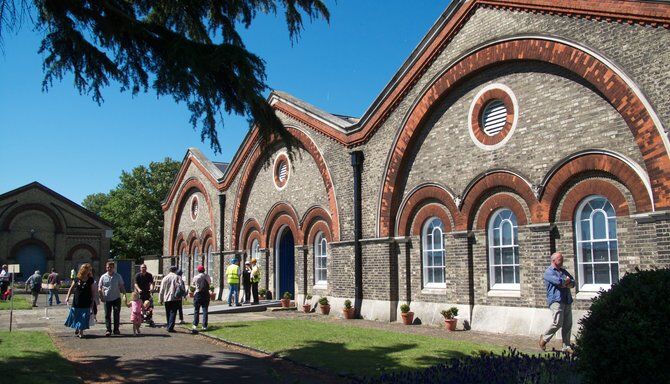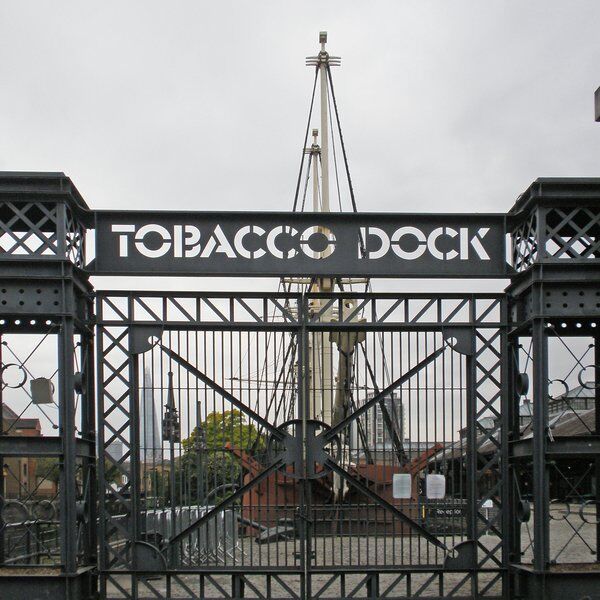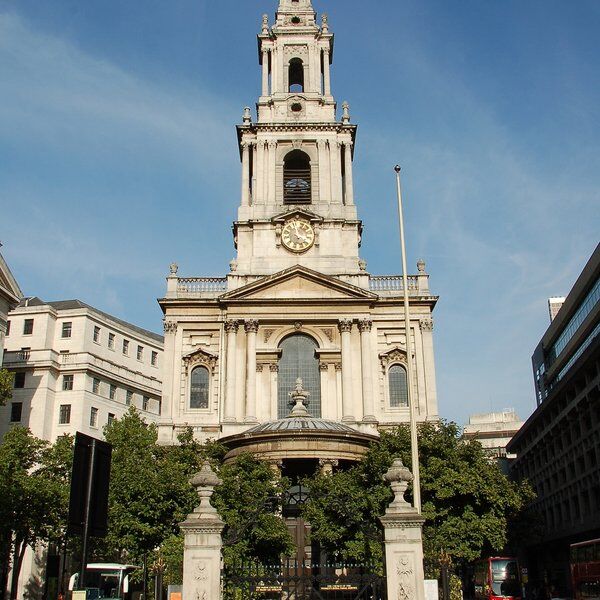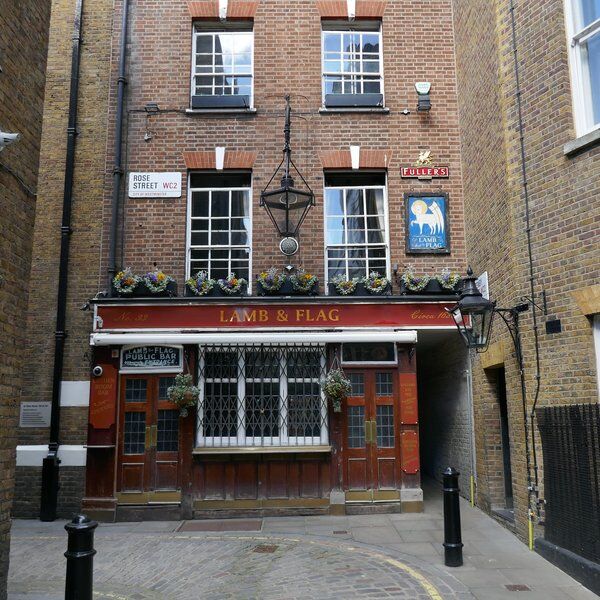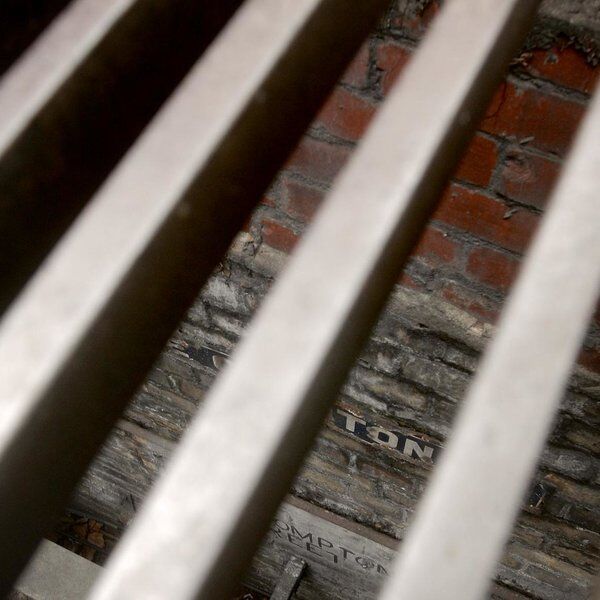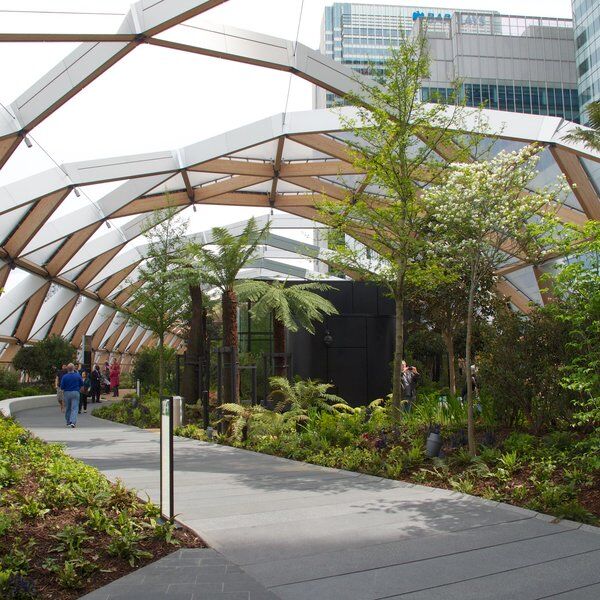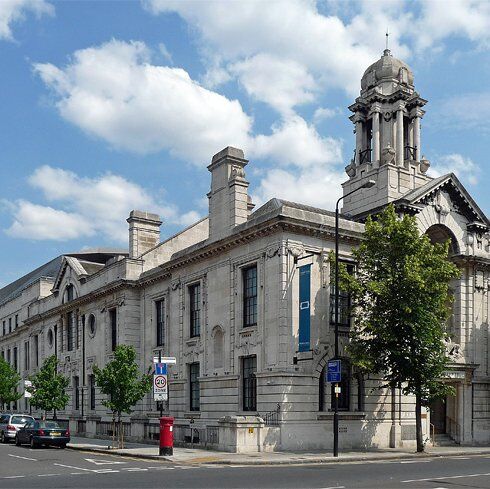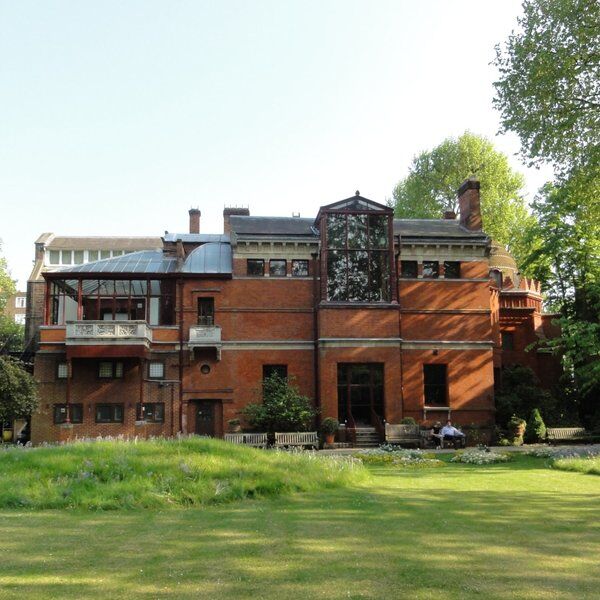Discovering the Crossness Pumping Station
The Crossness Pumping Station, often referred to as the ‘Cathedral of Sewage’, is a Grade 1 Listed building in the London Borough of Bexley. Designed by Sir Joseph Bazalgette, the chief engineer of London’s Metropolitan Board of Works, Crossness was part of an effort to combat the city’s worsening public health crisis in the 19th century.
Since its creation, it has transformed the sanitation infrastructure of London, and its ornate cast-ironwork is a spectacle to behold. Today, the station is not only a fine example of Victorian engineering and design, constructed by William Webster and designed by architect Charles Henry Driver, but also a key aspect of London’s industrial heritage.
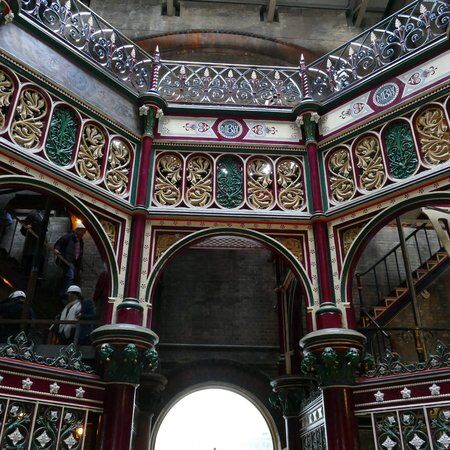
History of the Crossness Pumping Station
Toilet Thames
The crisis leading to the creation of Crossness Pumping Station was profound. Before its creation, the city’s population growth had far outstripped the capabilities of its sewer systems. As a result London’s sewers were being emptied directly into the Thames, which became a breeding ground for deadly pathogens.
However, the connection between unsanitary conditions and disease was poorly understood at the time. London had already experienced three devastating cholera outbreaks between 1831 and 1853, leading to the deaths of over 30,000 people. And then came The Great Stink of 1858, when authorities finally passed the Metropolis Management Amendment Act, allowing Bazalgette’s revolutionary sewer system to be put into place.
The Great Stink 1858
During the summer of 1858, exceptionally hot weather exacerbated the already unsanitary conditions of the river, turning it into a putrid cesspool. As temperatures rose, the sewage-filled Thames emitted a smell so noxious that it became impossible to ignore.
Parliament, located along the river, was particularly affected, and the public outcry forced the government to approve Bazalgette’s sewer reform. Crossness was one of the key components of his plan, opening in 1865 as a fully functional sewage pumping station designed to transport waste away from the city.
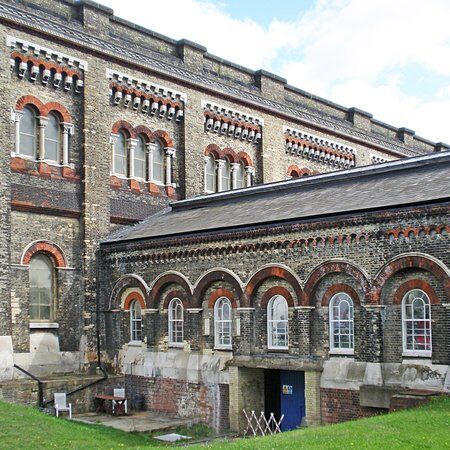
Joseph Bazalgette and the Creation of Crossness
Sir Joseph Bazalgette’s plan for the city’s sewer system involved the construction of two major sewers on either side of the Thames that would intercept smaller, local sewers before they could dump waste into the river.
Crossness was built at the southern end of the system, known as the Southern Outfall Sewer, and was designed to pump waste from South London into the Thames, where the outgoing tide would carry it out to sea.
The station originally housed four massive steam-driven beam engines, named Victoria, Prince Consort, Albert Edward, and Alexandra, each capable of pumping six tons of sewage per stroke.
These single-cylinder engines were manufactured by the James Watt Company in Birmingham. They were powered by a series of twelve Cornish boilers, which consumed 5,000 tons of Welsh coal annually to generate the steam needed for the pumps.
This system allowed the station to lift sewage 30 to 40 feet before it was stored in a 27-million-gallon reservoir and released into the Thames.
Function and Beauty: Hallmarks of Victorian Design
While Bazalgette’s design was purely functional, the pumping station’s Victorian Romanesque style and elaborate ironwork reflect the era’s pride in its architecture. Even the entrance, partially hidden by later additions, features the kind of design usually reserved for stately homes or cathedrals.
Inside the station, its elaborate cast-ironwork, majestic columns, and crafted interiors are a stunning display that has earned it the nickname ‘Cathedral of Sewage.’ The main pump room is an awe-inspiring space, with intricately designed columns, arches, and iron beams, all painted in vibrant colours. Over time, Crossness has come to be celebrated not only for its function but also for its beauty.

After the Creation of the Crossness Pumping Station
Improving London’s Sewage Crisis
In the years following the opening of Crossness Pumping Station, London’s health and quality of life improved dramatically. The interception of sewage before it reached the Thames, combined with the separation of solid and liquid waste, significantly reduced the occurrence of waterborne diseases like cholera. While the system was not perfect—liquid waste was still discharged into the river—it was a vast improvement over the previous situation.
The station also became a site of national significance following the tragic Princess Alice disaster in 1878. The pleasure steamer collided with a coal barge off Tripcock Point, near the outfall of the Southern Sewer, and the resulting pollution in the river contributed to the deaths of over 650 passengers. This incident prompted further changes to sewage treatment and led to the development of sludge boats to carry solid waste out to sea.
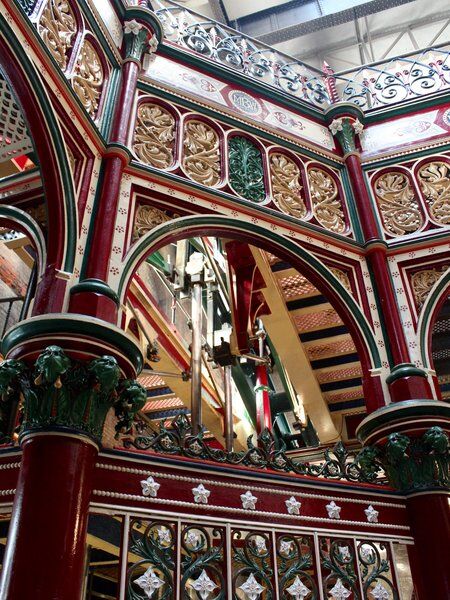
The Crossness Engine Trust
In the decades that followed, advances in technology rendered Crossness obsolete, and it was decommissioned in the 1950s. In the 1980s, Thames Water considered demolishing the buildings, but thanks to efforts from the Greater London Industrial Archaeology Society (GLIAS) and John Ridley, founder of the Crossness Engines Trust, Crossness was saved.
The pumping station received a Grade I listing, with the auxiliary buildings, such as the Fitting House and Valve House, earning Grade II status. The Trust began the monumental task of restoring the site in 1987, supported by the Heritage Lottery Fund, English Heritage, and local councils.
Renovating the Crossness Pumping Station
By the time the Trust began its work, the buildings had suffered from decades of neglect and vandalism. Most of the valuable metal components, such as brass fittings, had been stripped, and rainwater had caused significant rust damage to the engines. One of the major challenges was removing the sand that had been pumped into the underground chambers to reduce methane risks after the station was decommissioned.
However, with perseverance, the first major success came with the restoration of the Prince Consort engine. After 15 years of painstaking work, this engine was brought back into steam in 2002 with its enormous 52-ton flywheel and 47-ton beam regularly on display in motion during public steam days.
Since then, the focus has shifted to the restoration of the remaining engines, with ongoing efforts to return them to working order. Today visitors can witness a piece of Victorian engineering history in action, thanks to the work of the Trust.
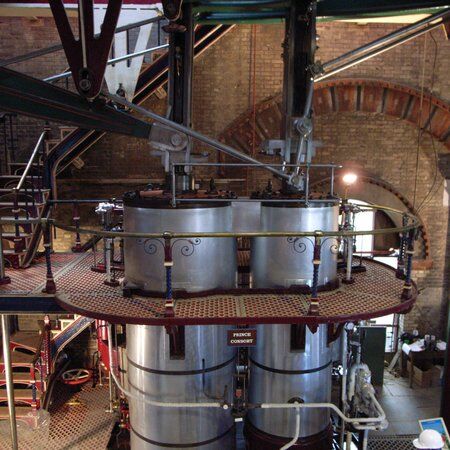
Features of the Crossness Pumping Station
The Crossness Pumping Station features three primary buildings that are open to the public: the Valve House, the Fitting House, and the Beam Engine House.
The Valve House
At one end of the complex lies the Valve House, which has been converted into an exhibition space. Visitors can view an array of historical steam engines, alongside other displays related to the history of the station. One of the key attractions here is a quarter flywheel mould used to cast the massive flywheels found in the Beam Engine House.
The Fitting House
On the opposite side of the site is the Fitting House, which originally functioned as a machine shop. The building retains a variety of vintage metalworking tools, including lathes and presses, showcasing the level of skill and precision required to maintain the station’s machinery. This building was also the site of Crossness's grand opening ceremony in 1865, attended by the Prince of Wales.
The Beam Engine House
The centrepiece of the station is the Beam Engine House, often hailed one of the finest examples of Victorian Ironwork in Britain. Upon entering, visitors are greeted with a café and an exhibition detailing the history of Crossness, the infamous “Great Stink”, and the sanitation challenges faced by London. The display also includes a collection of Victorian-era toilets and sanitary fittings, offering a quirky yet educational insight into 19th-century hygiene practices.
For those eager to explore the workings of the station further, there is an opportunity to descend a spiral staircase to an underground chamber to observe the boilers, or to ascend to the upper levels for a closer look at the immense beams and flywheels that power the station.

Visiting the Crossness Pumping Station in London
Located in South East London, Crossness is a bit off the beaten path but well worth the effort. Visitors can reach the site via public transport, with some determination required for the final leg of the journey.
Be sure to check the station’s website for up-to-date information on opening hours—Crossness is not open to the public year-round. Guided tours are available on select days, typically on Tuesdays. These tours offer a comprehensive look at the pumping station's history, architecture, and ongoing restoration efforts but must be booked in advance.
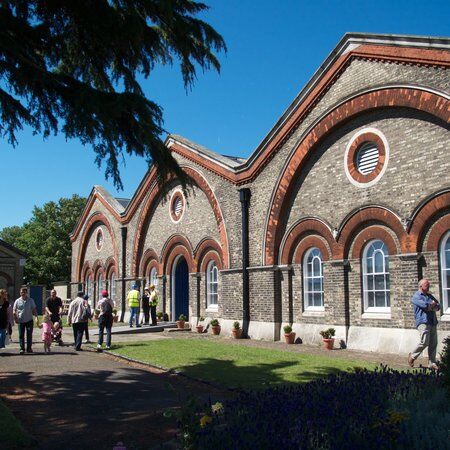
Beyond the Crossness Pumping Station with CityDays
After delving into the history and marvelling at the engineering feats of the Crossness Pumping Station, why not continue your adventure with CityDays?
The best way to discover more hidden gems around London is to take your time and, ideally, have a pre-planned route that takes you past all the noteworthy nooks and hidden gems.
We can help you there!
The City combines the fun of an outdoor treasure hunt with the historic facts and whimsical trivia of a walking tour.
Answer riddles, solve puzzles and learn more about London’s 2000-year-old history in a new and interactive way!
Take the stress out of planning your visit to London and book your adventure today!
Not visiting London this time? Don’t worry, you’ll find us all over the world.
